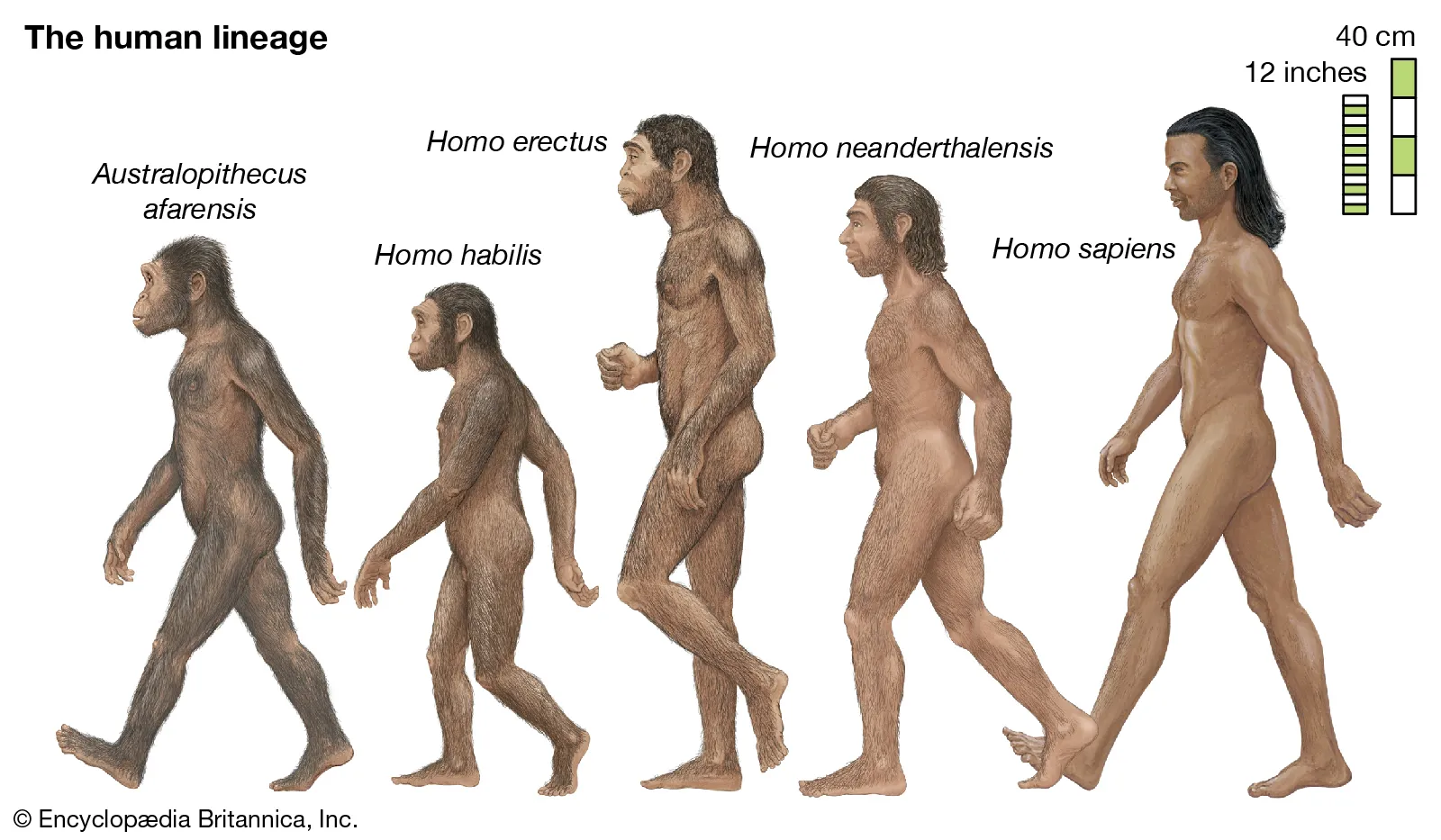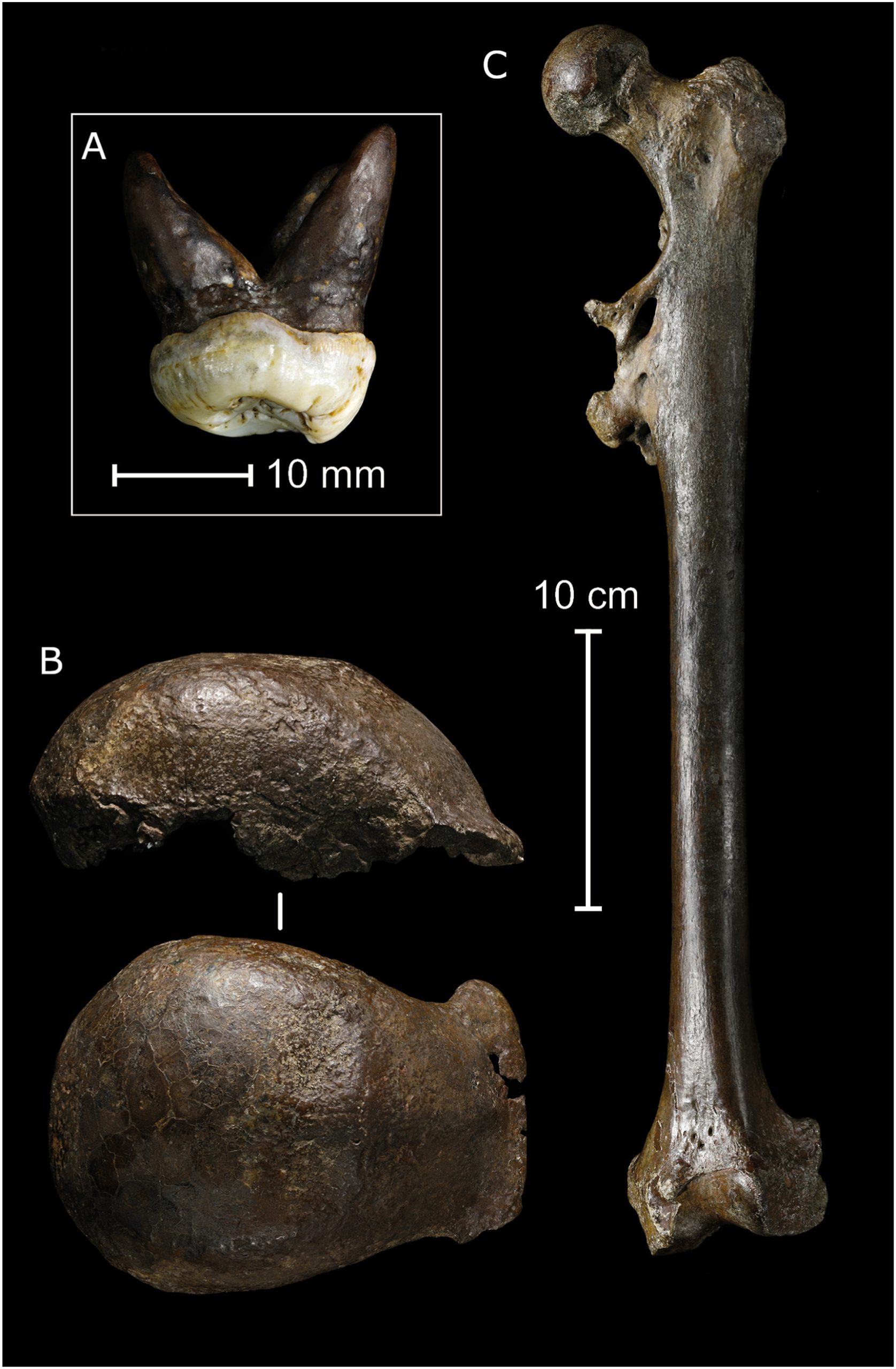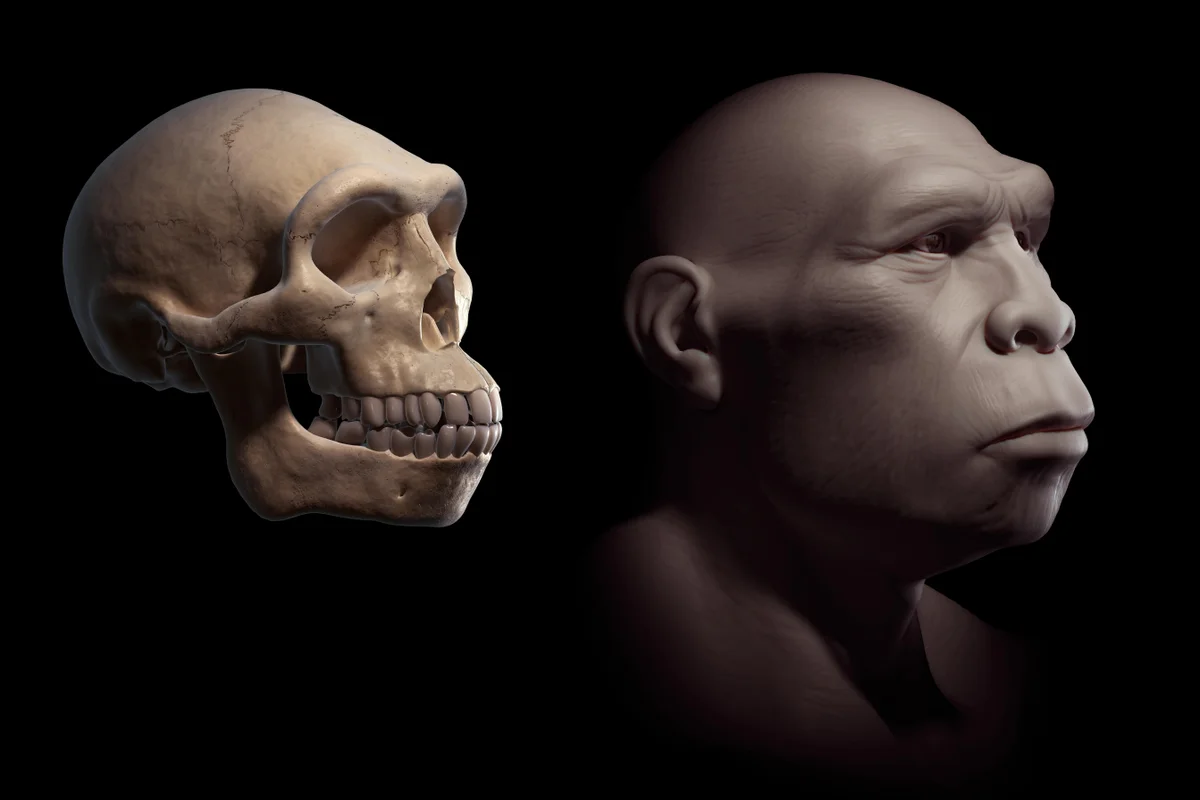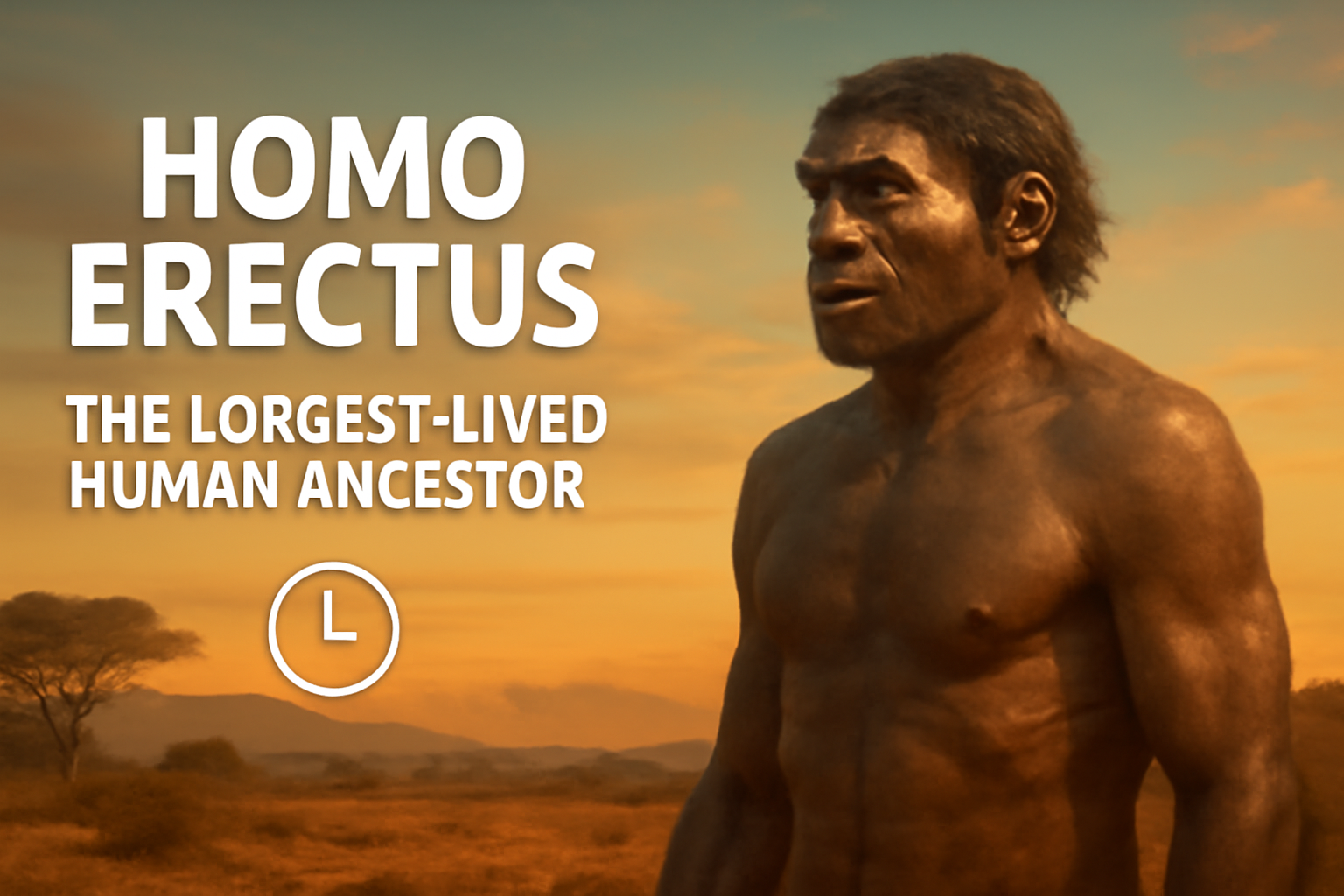Homo erectus: The Most Successful Human Ancestor and Its Evolutionary Legacy

.

Evolution is fundamentally about survival. The species best adapted to their environments tend to survive the longest, and if longevity is used as a measure of evolutionary success, then Homo erectus stands out as the most successful human ancestor to have ever walked the Earth. While modern humans (Homo sapiens) have existed for about 300,000 years—a remarkable achievement—the Homo erectus species thrived for approximately 1.5 million years before going extinct. This incredible longevity places Homo erectus at the pinnacle of evolutionary endurance among our ancestral species.

Origins and Evolutionary Background
Understanding how Homo erectus came about remains a subject of ongoing scientific debate. Several major theories propose different evolutionary paths and geographic origins, but most agree that Homo erectus evolved from Homo habilis, the first species classified within the genus Homo. One popular theory suggests Homo erectus emerged around 2 million years ago from Homo habilis. Interestingly, fossil records indicate that Homo erectus and Homo habilis coexisted for roughly half a million years. This overlap has led some scientists to propose that Homo erectus evolved from a genetically isolated subgroup of Homo habilis.

The geographical origin of Homo erectus is also contested. Fossil specimens older than 2 million years have been found both in South Africa and in China, locations thousands of miles apart. This vast spatial distribution, coupled with the lengthy timeline, has given rise to numerous proposed subspecies of Homo erectus, which complicates classification and fossil identification. Naming conventions also vary among researchers; some restrict Homo erectus to Asian specimens while referring to the African counterparts as Homo ergaster.

Descendants and Evolutionary Lineage
From Homo erectus evolved several other important human species. Eurasian populations gave rise to Homo heidelbergensis, while African groups evolved into Homo rhodesiensis. These species are believed to be the common ancestors of later hominins including Homo neanderthalensis (Neanderthals), Homo denisova (Denisovans), and ultimately Homo sapiens—us.
Physical Characteristics
Homo erectus was widespread across Africa and Eurasia, living for over 1.5 million years. Due to their extensive geographical and temporal range, various adaptations appeared among regional groups, leading to subspecies distinctions.
Physically, Homo erectus individuals were generally slightly shorter and lighter than modern humans but evidence suggests some could grow taller than six feet. Sexual dimorphism (size difference between males and females) in Homo erectus appears to have been similar to modern humans, not showing extreme disparities.
Distinctive anatomical features included prominent brow ridges, a protruding jaw (prognathism), and sloping foreheads. These traits were less pronounced compared to earlier ancestors such as Homo habilis and the australopithecines. Cranial capacity varied significantly among individuals and over time, ranging from approximately 550 to 1250 cubic centimeters (modern human brain volume averages 1400 to 1500 cc).
Locomotion and Behavior
Skeletal evidence shows Homo erectus had a bone structure remarkably similar to modern humans, indicating they moved in comparable ways. However, one unique difference was in the orientation of their palms, which faced slightly forward rather than parallel to the legs as in modern humans.
One notable evolutionary advancement was their proficiency in throwing. This skill likely provided Homo erectus with hunting advantages, reinforcing their place as dominant predators and aiding their survival.
Significance in Human Evolution
Homo erectus represents a crucial chapter in human evolution. Their long tenure on Earth demonstrates a successful adaptation to varied environments, showcasing flexibility and resilience. The species pioneered many behaviors and physical traits that would become foundational for later human species, including larger brain size, advanced tool use, and improved mobility.
The ability of Homo erectus to thrive for over a million years across vast and diverse landscapes underscores their evolutionary success. Their legacy lives on in the species that followed, culminating in modern humans.
Conclusion
If survival and adaptation define evolutionary success, then Homo erectus stands as a remarkable example. Their emergence from Homo habilis, extensive geographic spread, physical and behavioral advancements, and role as progenitors of later human species make them one of the most significant figures in our ancestral past. Studying Homo erectus offers profound insights into how our genus evolved and adapted through time, setting the stage for the rise of Homo sapiens.



